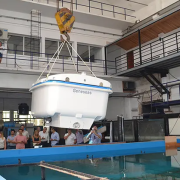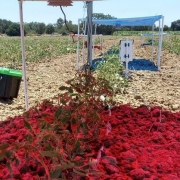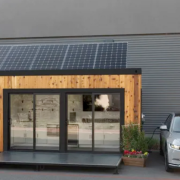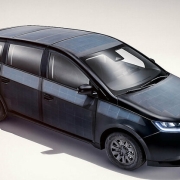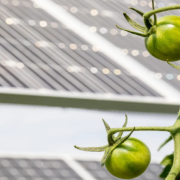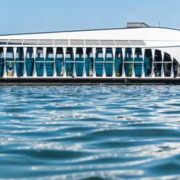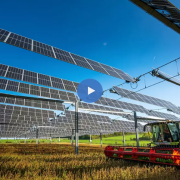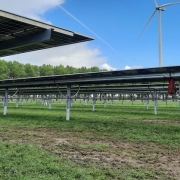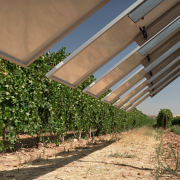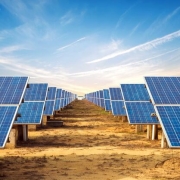Fresh off its victory in the 2022 World Cup, the nation of Argentina is now gearing up to tackle the massive problem of plastic pollution in waterways around South America and the Caribbean. The country’s premier academic institution, La Plata National University, has teamed up with the company Recyclamar Pampa Argentina to deploy solar power on a self-propelled, water-cleaning robot.
The new solar power project joins the waste management experts from Recyclamar Pampa with the University’s Institute for Research in Electronics, Control and Signal Processing, which took care of the autonomous control system, among other tasks.
Click here to read the full article
Source: Clean Technica
—
If you have any questions or thoughts about the topic, feel free to contact us here or leave a comment below.

